Construction sites are known for their bustling energy and constant movement. With workers, machinery, and materials flowing in and out, it’s vital to ensure that safety and security measures are in place. That’s where temporary fencing comes in.
YKM temporary fence for construction site offers numerous benefits for construction sites, making it an essential investment.
One of the key advantages is its ability to provide a clear boundary, keeping unauthorized individuals out and minimizing the risk of accidents or theft. This not only protects workers and the public but also helps construction projects adhere to safety regulations.
Another benefit of using temporary fencing is its flexibility. It can be easily installed and removed, allowing construction sites to adapt quickly to changing needs. Additionally, these fences can be customized to suit specific site requirements, such as height, length, and added features like gates or signage.
Moreover, temporary fencing for construction site enhances the professional appearance of construction sites, projecting an image of organization and responsibility. It also serves as a way to effectively communicate important information, such as project details or safety guidelines, through the use of clearly visible signage.
In summary, the use of temporary fencing on construction sites is increasingly recognized for its ability to enhance safety, efficiency, and professionalism. By establishing clear boundaries, adapting to changing needs, and communicating important information, temporary fencing plays a vital role in the success of construction projects.
Types of temporary fencing options for construction sites
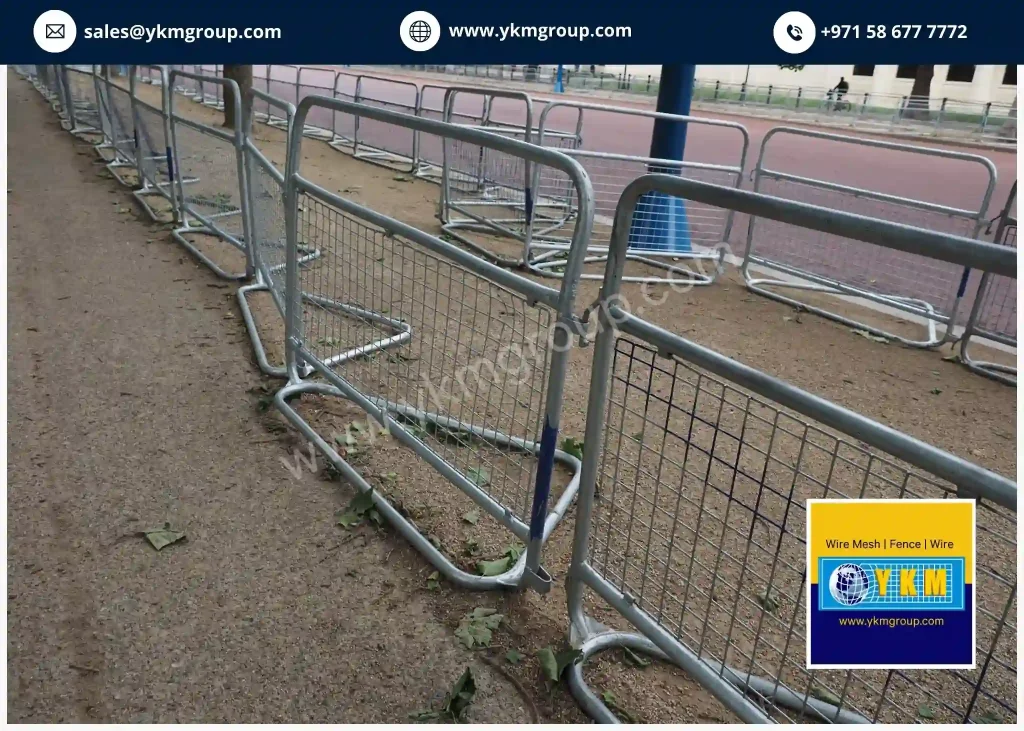
Temporary fencing comes in various types and materials, each with its own advantages and applications. Understanding the different options available can help construction site managers choose the most suitable type of fencing for their specific needs.
Chain Link Fencing:

YKM Chain link fencing is one of the most commonly used types of temporary fencing for construction sites. It is made of interlocking metal wires woven into a diamond-shaped pattern. Chain link fencing is durable, cost-effective, and provides excellent visibility. It offers a high level of security while allowing airflow and visibility, making it ideal for construction sites where both safety and surveillance are priorities.
Chain link fencing is one of the most commonly used types of temporary fencing for construction sites. It is made of interlocking metal wires woven into a diamond-shaped pattern. Chain link fencing is durable, cost-effective, and provides excellent visibility. It offers a high level of security while allowing airflow and visibility, making it ideal for construction sites where both safety and surveillance are priorities.
Wire Mesh Fencing:
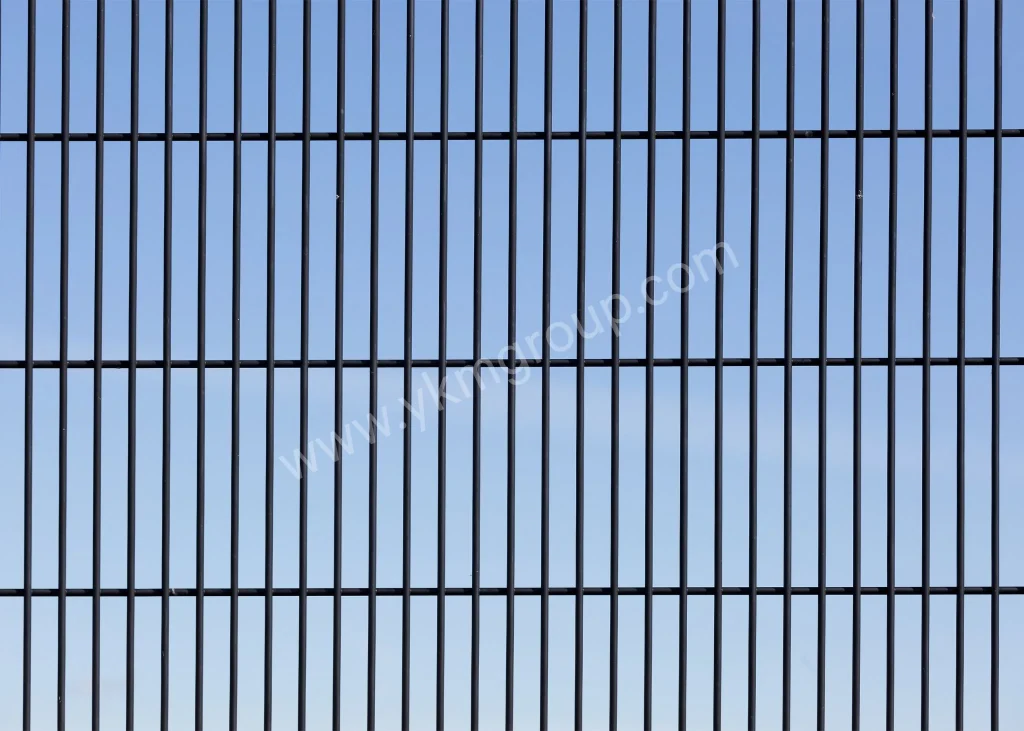
Wire mesh fencing is similar to chain link fencing but with smaller openings. It offers enhanced security and is commonly used in areas where a higher level of protection is required. Wire mesh fencing provides a strong physical barrier that prevents unauthorized entry while allowing for visibility and airflow. It is an excellent choice for construction sites that need to strike a balance between security and visibility.
Barbed Wire Fencing:
Barbed wire fencing takes security measures a step further, providing a formidable deterrent against unauthorized access. The sharp barbs add an extra layer of protection.
Panel Fencing:
Panel fencing, also known as mesh fencing or temporary construction fencing, consists of metal panels connected together to form a barrier. These panels are typically made of galvanized steel or aluminum and are easy to install and dismantle. Panel fencing is versatile and can be adjusted to fit uneven terrain. It provides a sturdy barrier and is often used to secure construction sites, control access, and prevent trespassing.
Barricades and Barriers:
Barricades and barriers are temporary fencing options that are often used for crowd control and traffic management on construction sites. These include water-filled barriers, plastic barricades, and crowd control barriers. Barricades and barriers are lightweight, easy to transport, and quick to set up. They are commonly used to designate pedestrian walkways, control vehicle access, and create safe zones within the construction site.
Safety Fencing:
Safety fencing is specifically designed to enhance safety on construction sites. It is usually bright orange or yellow in color and made of high-visibility materials. Safety fencing is often used to cordon off hazardous areas, such as excavations, deep trenches, or areas with potential fall hazards. It serves as a visual warning and helps prevent accidents by keeping workers and the public away from dangerous zones.
In conclusion, there are several types of temporary fencing options available for construction sites, each with its own unique features and benefits. By understanding the characteristics of different types of fencing, construction site managers can make informed decisions and choose the most suitable option for their specific project requirements.
The importance of Temporary fence for construction site
Construction sites are inherently risky environments due to the presence of heavy machinery, hazardous materials, and ongoing construction activities. Ensuring the safety and security of workers, visitors, and the surrounding community is of paramount importance.YKM Temporary fence for construction site addresses these concerns by providing a physical barrier that helps control access to the site.
One of the primary advantages of using temporary fence for construction site is its ability to establish a clear boundary between the construction site and the public. By keeping unauthorized individuals out, it reduces the risk of accidents and injuries caused by trespassing. This not only protects the public but also shields the construction company from potential legal liabilities.
Additionally, temporary fencing helps prevent theft and vandalism. Construction sites often contain valuable equipment, tools, and materials, making them attractive targets for criminals. By securing the site with temporary fencing, the risk of theft and property damage is significantly reduced. This, in turn, minimizes project delays and financial losses.
Furthermore, temporary fencing plays a crucial role in meeting safety regulations and industry standards. Construction projects are subject to various safety requirements to protect workers and ensure compliance. YKM Temporary fence for construction provides a physical barrier that helps enforce safety protocols, preventing unauthorized access to potentially dangerous areas. It also serves as a visual reminder to workers to remain vigilant and follow safety procedures.
In conclusion, the importance of safety and security in construction sites cannot be overstated. Temporary fencing serves as a valuable tool in mitigating risks, protecting workers and the public, and ensuring compliance with safety regulations.
Benefits of using temporary fencing in construction sites
YKM temporary fence for construction site offers a wide range of benefits for construction sites, making it an indispensable asset for project managers and contractors. From enhancing safety and security to providing versatility and customization options, temporary fencing contributes to the overall success of construction projects.
First and foremost, temporary fencing provides a clear physical boundary that delineates the construction site. This helps control access and prevents unauthorized individuals from entering potentially hazardous areas. By establishing a clear boundary, temporary fencing minimizes the risk of accidents, injuries, and property damage caused by trespassing.
Another significant benefit of temporary fencing is its versatility. Unlike permanent fencing, temporary fencing can be easily installed and dismantled as needed. This flexibility allows construction sites to adapt quickly to changing needs, such as reconfiguring the layout or expanding the work area. Temporary fencing can be easily relocated and reused in different parts of the site, maximizing its utility and cost-effectiveness.
Furthermore, temporary fence for construction site can be customized to suit specific site requirements. Construction projects come in different sizes and scopes, and temporary fencing can be tailored accordingly. Whether it’s adjusting the height of the fence, extending its length, or adding features like gates or signage, temporary fencing can be modified to meet the unique needs of each construction site.
In addition to its practical benefits, temporary fencing also enhances the professional appearance of construction sites. A well-maintained and properly installed temporary fence projects an image of organization and responsibility. It shows that the construction company values safety, security, and professionalism. This positive image can be beneficial in attracting potential clients, securing contracts, and maintaining a positive reputation in the industry.
To summarize, the benefits of using temporary fencing in construction sites are manifold. From establishing clear boundaries and preventing unauthorized access to offering flexibility and customization options, temporary fencing contributes to the safety, efficiency, and professionalism of construction projects.
Considerations when choosing temporary fence for construction site
Selecting the right type temporary fence for construction site involves careful consideration of various factors. Being aware of these considerations can help ensure that the chosen fencing solution meets the site’s specific needs and requirements.
Site Conditions:
The site conditions play a crucial role in determining the most suitable type of temporary fencing. Consider factors such as the terrain, soil type, and ground stability. For example, if the construction site has uneven terrain, panel fencing may be a better option than chain link fencing. Understanding the site conditions will help in selecting the most practical and effective fencing solution.
Security Requirements:
Assess the security needs of the construction site. Determine the level of security required to prevent unauthorized access and protect valuable equipment and materials. High-security projects may require more robust fencing options such as wire mesh fencing, while lower-risk sites may opt for chain link or panel fencing. Balancing security requirements with other considerations like visibility and cost is essential
Duration of Use:
Consider the duration for which the temporary fencing will be required. If the construction project is expected to last for an extended period, investing in more durable and long-lasting fencing may be a wise choice. On the other hand, for short-term projects, cost-effective options like panel fencing or barricades may be more suitable.
Customization Options
Evaluate the need for customization options. Some construction sites may require additional features like gates, signage, or privacy screens. Ensure that the chosen temporary fencing solution offers the flexibility to accommodate these customization requirements. Discuss these needs with the fencing supplier to ensure they can be met.
Budget Constraints:
Consider the available budget for temporary fencing. Temporary fencing comes in a range of prices depending on the type, material, and additional features. It is essential to strike a balance between cost and quality to ensure that the chosen fencing solution provides value for money without compromising on functionality and durability.
Regulatory Compliance:
Construction sites are subject to various regulatory requirements and safety standards. Ensure that the chosen temporary fencing solution complies with these regulations. This includes factors such as fence height, gate accessibility, and visibility requirements. Failure to comply with regulations can result in fines and delays in the construction project.
By carefully considering these factors, construction site managers can select the most appropriate temporary fencing solution that meets their specific needs, budget, and regulatory requirements.
Installation and maintenance of temporary fencing for construction site
Proper installation and maintenance of temporary fencing are essential to ensure its effectiveness and longevity. Following best practices in installation and regular upkeep can help construction site managers maximize the benefits of temporary fencing.
Cost-effectiveness of temporary fencing in construction sites
Temporary fencing offers cost-effective solutions for construction sites, providing numerous benefits at a reasonable cost. When compared to permanent fencing options, temporary fencing offers significant advantages in terms of affordability, versatility, and reusability.
Conclusion
In conclusion, the choice of temporary fence for construction site is a critical decision that impacts safety and security. YKM International LLC is the best wire mesh supplier in UAE with a diverse collection of high-quality wire mesh, stands as a reliable partner for construction projects. By prioritizing innovation, customization, and sustainability, they ensure that their fences not only meet industry standards but exceed expectations.
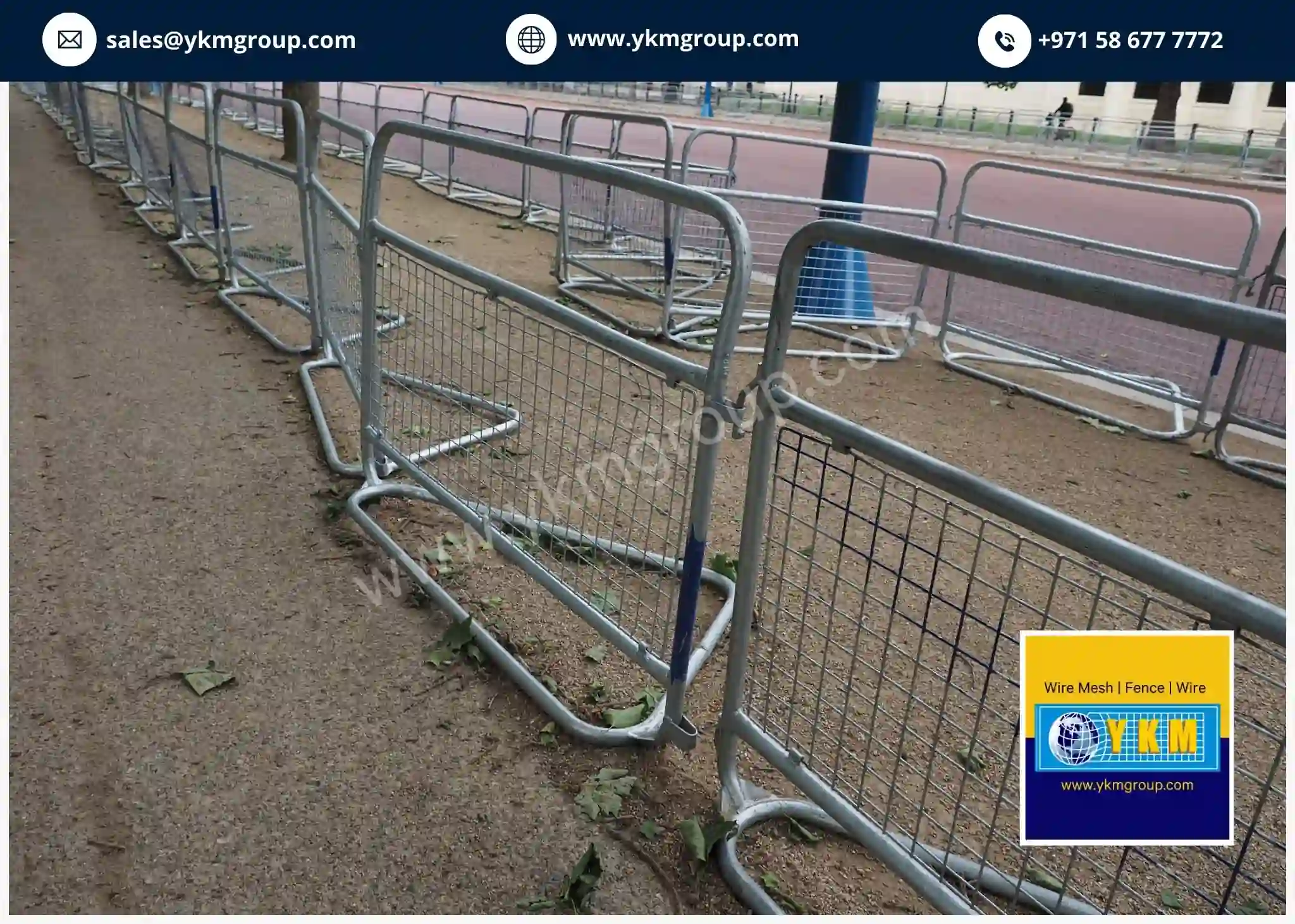
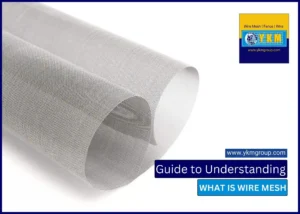
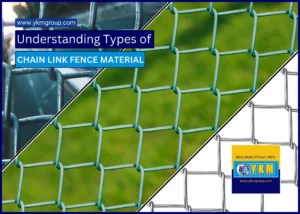
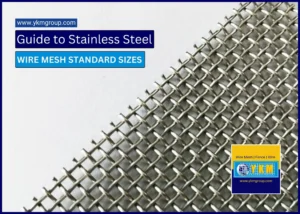

1 thought on “Temporary fence for construction site”
This site is fabulous. The radiant material shows the publisher’s enthusiasm. I’m dumbfounded and envision more such astonishing material.
Comments are closed.